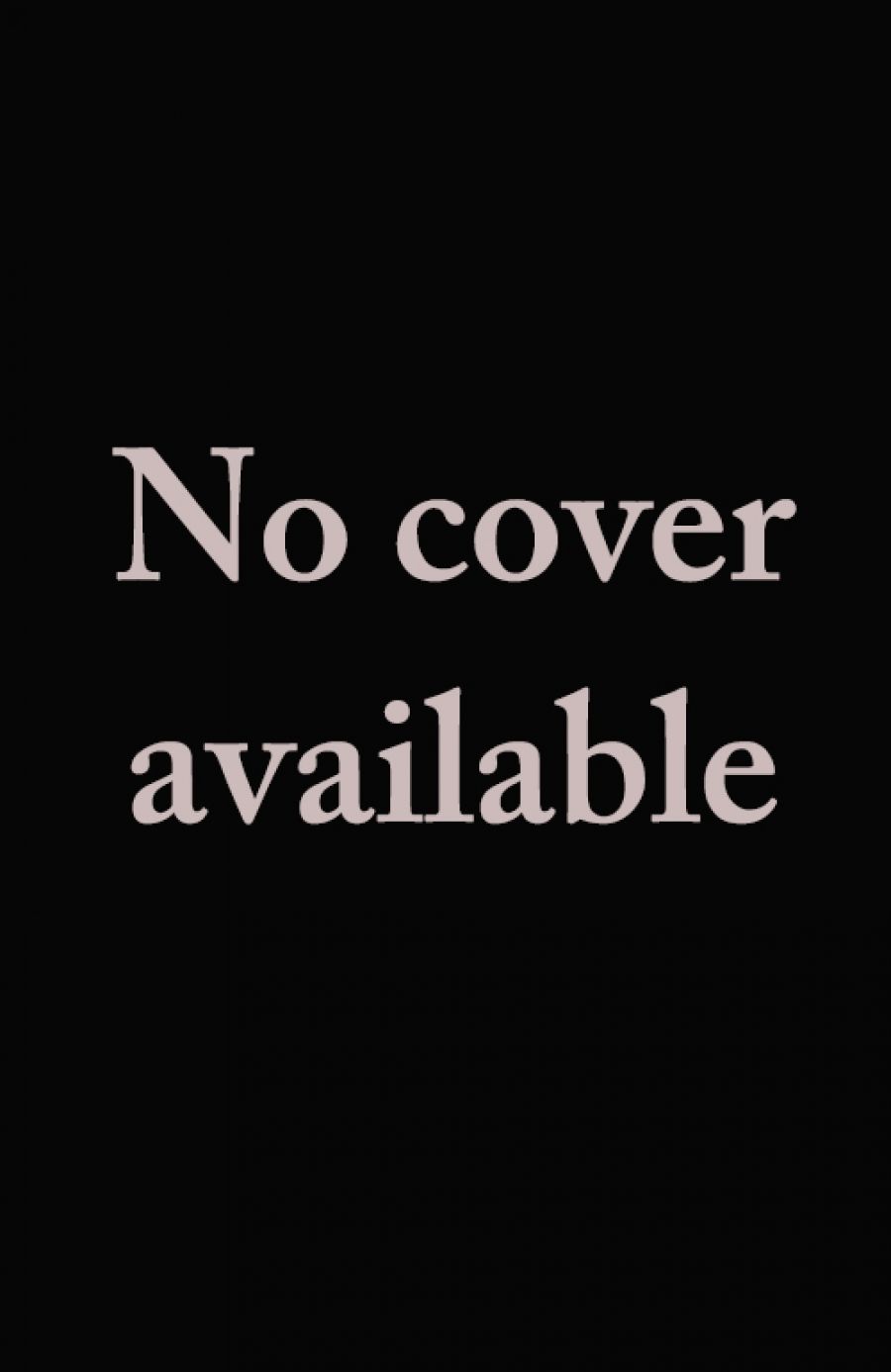
- Free Article: No
- Contents Category: Poetry
- Review Article: Yes
- Online Only: No
- Custom Highlight Text:
In his 155-page essay on Australian poetry in The Oxford History of Australian Literature, Vivian Smith modestly makes only one passing reference to his own work, noting that he, with a number of other modern poets, had been influenced by university education.
- Book 1 Title: New Selected Poems
- Book 1 Biblio: Angus & Robertson, $16.95 pb
The New Selected Poems is in fact a timely and welcome publication, facilitating an overview of the poet’s work and development, from his early twenties in Tasmania to his early sixties in Sydney.
While Smith has never totally abandoned his preference for traditional verse forms, with neatly crafted stanzas and melodious rhythms, the content of his work has broadened considerably over the years, and he has also shown, from time to time, especially in his loose translations and adaptions from French and German poets, that he is not immune to modernist stylistic influence.
Smith is properly regarded as one of the chief bards of Australia’s two oldest and most beautiful cities, Sydney and Hobart. While his life’s journey, from island to mainland, has been in an opposite direction to that taken by the likes of James McAuley and Gwen Harwood, his departure from Tasmania has been anything but an abandonment. His periodic returns in body or mind to Hobart have inspired some of his best nostalgic work, such as the recent ‘In the Grounds of the Old University, Hobart’ and ‘Impromptu for George Davis’.
While the pictures he paints of his native city are not always idyllic (‘small town, dull town’), he can always evoke the splendour and majesty of its location, with its ‘ships at the end of the street’ and, above all, the dominating presence at the other end:
Mount Wellington has not yet been declared
one of the sacred mountains of the world.
It was my Athos and my Ararat,
my Fuji where a hundred views unfurled.
The southern world of mountains, water, birds, flowers, and insects has continued through the years to give an impetus to this keenly observant writer’s creativity. His awareness and appreciation of the four seasons, which were much more clearly distinguishable in the Hobart of his youth than in the semi-tropical Sydney of his later years, finds frequent expression in his poetry.
In Sydney, too, notably in his local area, around Mosman and Balmoral, he has found abundant inspiration in those special places where the sea meets the land. Smith’s celebration of coastal Australia in poetry matches Robert Drewe’s in prose. Vegetation, shells, driftwood, and other ‘things the tide has left behind’ are noticed, as well as ‘the shrill spaced flight of jet planes climbing north’, the ‘violent sky’ and ‘bits of Brazil flourishing in Sydney!’
Many other themes occur in this rich collection of poems from a lively, cultivated mind. There are glimpses of other, faraway places – Paris, Tuscany, Korea, London, and memories of friends and fellow writers or other creative artists, many now deceased. Literary comment and art criticism take poetic form, as in the early ‘Reviewing an Exhibition of Paintings’, ‘For Nan Chauncy 1900-1970’ and ‘Poetry Reading’, among others. In ‘Gabrielle’, he remembers when his daughter (‘Mother Teresa of the butterflies’) ran a hospital for moths. In ‘1993’ he muses on one of that year’s interesting current affairs:
Elsewhere in Europe statues are falling,
dynamite helping or pulled down by rope.
But here they are waiting for milder reasons
like people who shelter a while from rain.
Interspersed with the sensitive portrayals of people, places, and other creatures are some robust or even surprisingly crude images: ‘a constipated blowfly’, ‘a dog’s turd on the lawn’, a beetle spraying ‘acid from its arse’, a cockroach running across the kitchen floor, ‘its lacquered shell as quick and dry as seed’.
If this needs justification (and I don’t believe it does), it can be found in some of the other poems, where Smith hints at a few of his trade secrets and personal criteria for judging verse.
‘Nothing can be useless to a poet,’ he writes, in the spirit of his fellow poet, the late William Hart-Smith. In his tribute to Louisa Anne Meredith (‘In the Colonial Museum’), he speaks of objects having a simple tale to tell, ‘like poems that were written well’. He alludes disparagingly in ‘Dialogue’ to ‘the brilliant image and the random phrase’ found in a book of ‘shapeless poems’. In ‘The Colonial Poet’, he refers to skills patiently acquired ‘through quiet composition late at night’. And in ‘Back in Hobart’ he offers in one phrase what could be received as a summary of his own poetry’s core subject: ‘how things change, and how they hold’.
Vivian Smith is an outstanding lyrical poet whose descriptive, reflective, and critical powers are amply demonstrated in this well-conceived collection of some of the best poetry he has produced over forty or more years.
Michael Costigan was the executive secretary to the Catholic Bishops’ Committee for Justice, Development, and Peace.


Comments powered by CComment